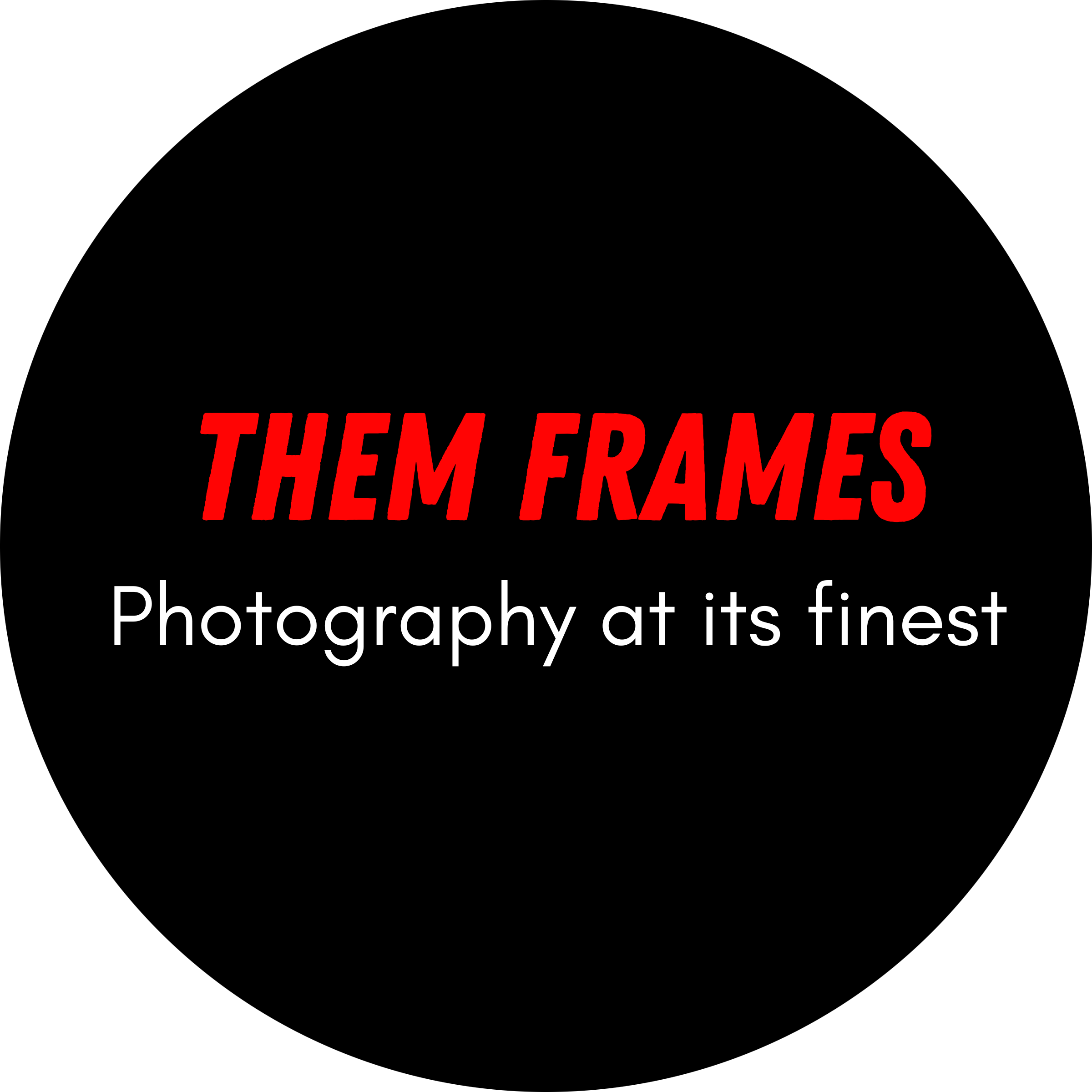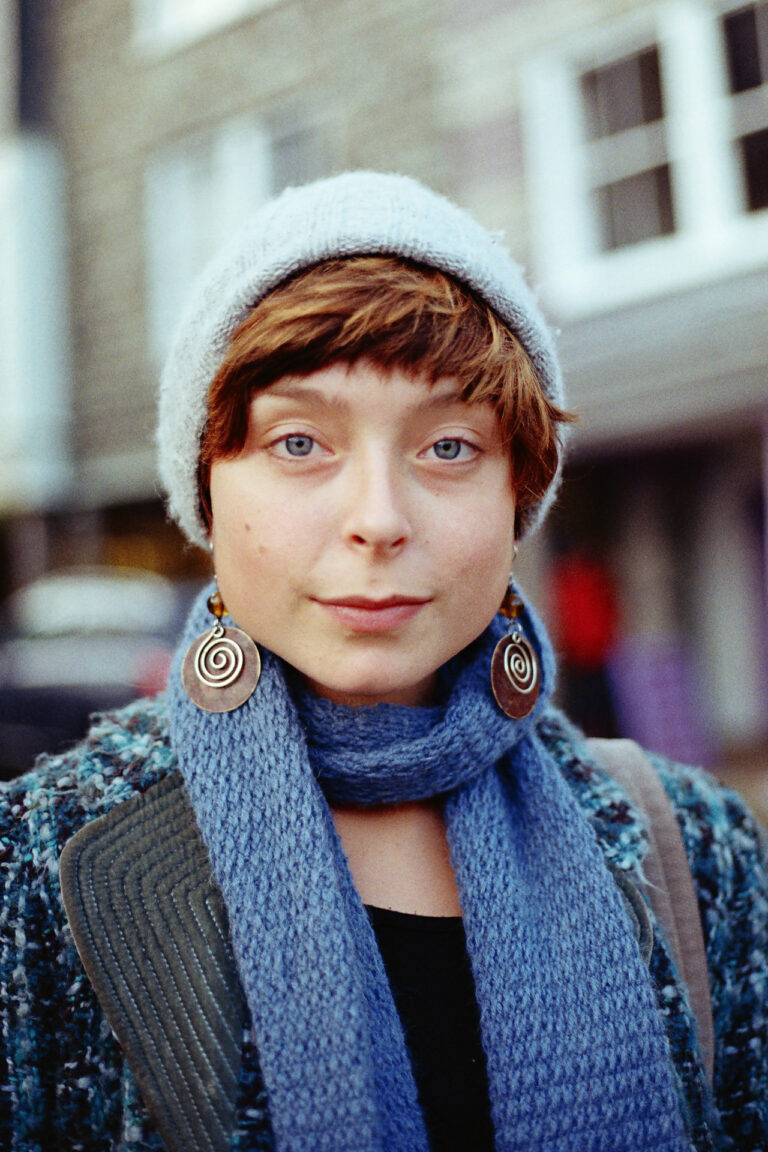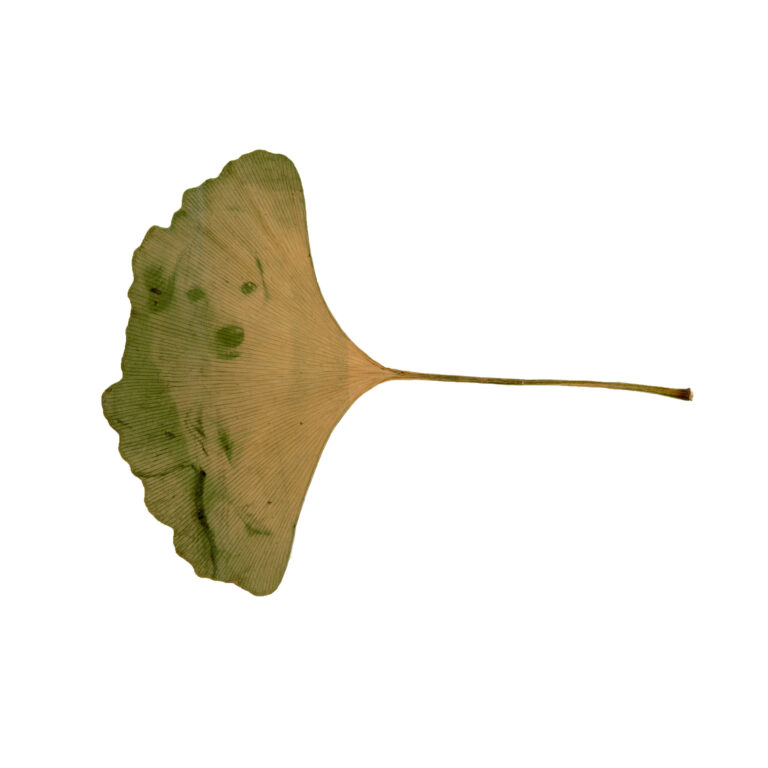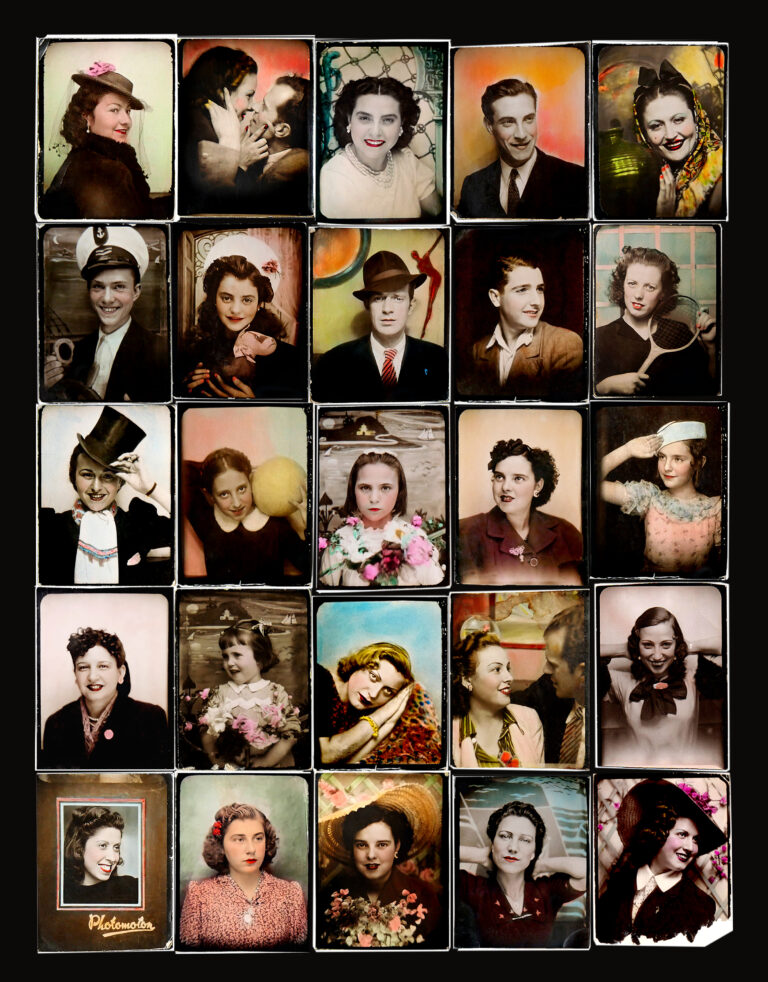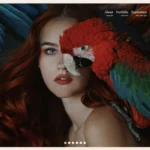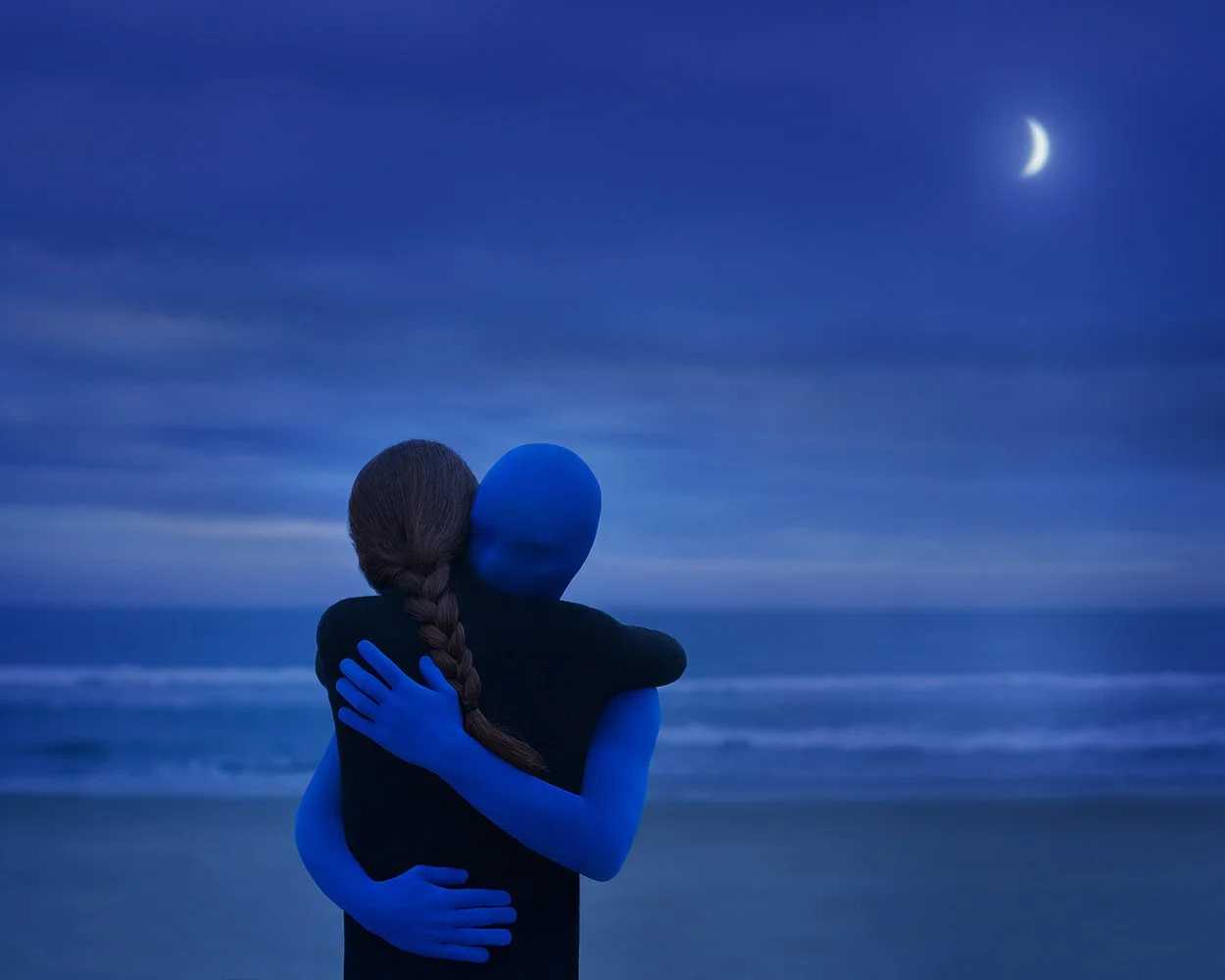
Photography and mental health is a topic that’s becoming more prominent, especially as we normalize discussing what’s going through our minds. The practice of photographing has certainly helped my mental health, and I know I’m not alone. In this feature we speak to fine art photographer Gabriel Izak as he shares how the art form helped in his darkest of times.
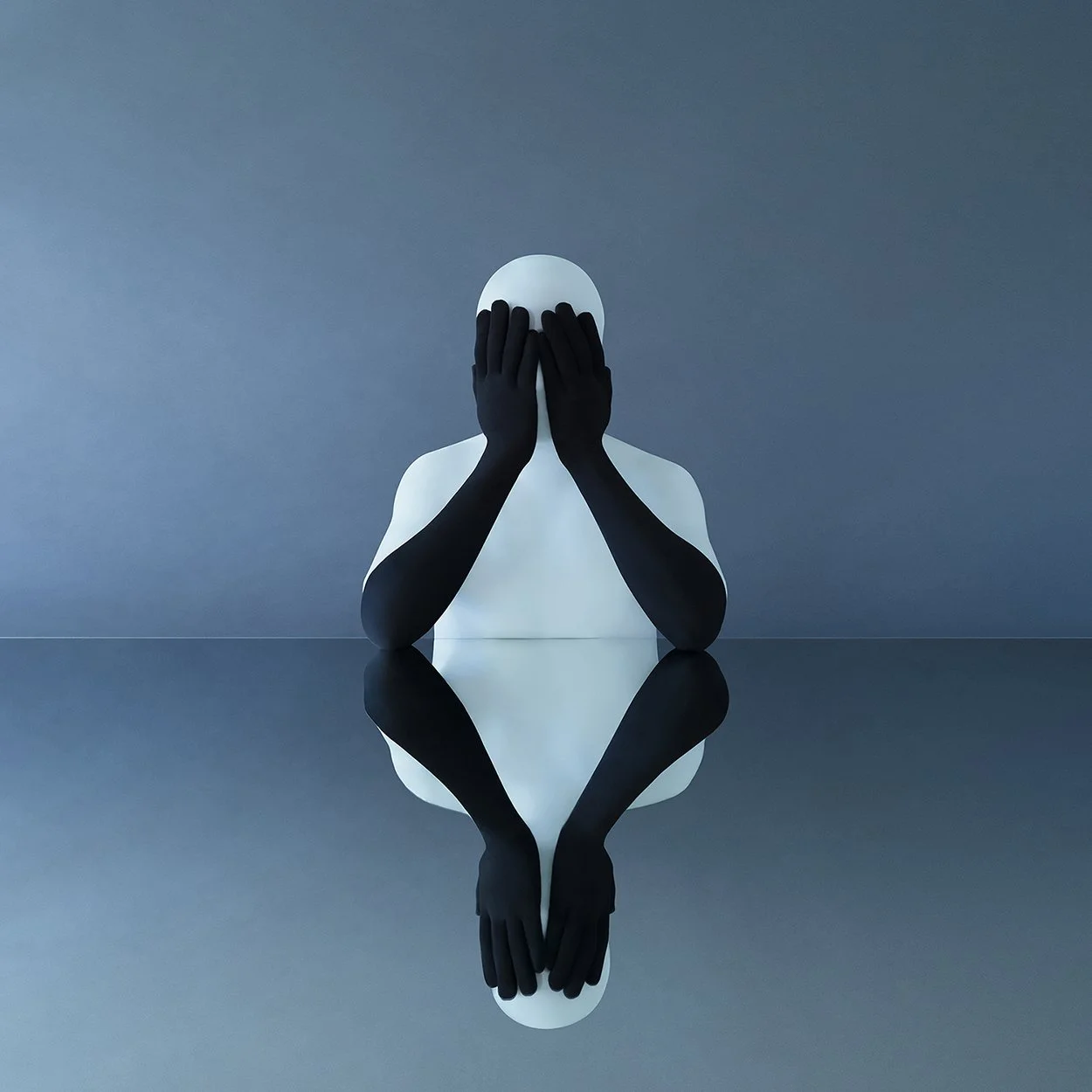
Speaking about photography and mental health isn’t easy. From a visual aspect it forces you to be vulnerable; writing about your experience can return you to a state of trauma. Isak has decided to put his vulnerabilities to one side, in the hope his body of work can help others who are struggling with depression and their mental health.
His work, as tranquil as the nordic setting he created it in, is soft and calming. His choice of subject and the way he shares his story is intriguing and, yet, mysterious. It’s the perfect metaphor for depression; we want to understand it but never truly know what is happening.
I like that he is transparent about his creative process. He make it clear there are no AI images in his portfolio. All his creations came from his mind and were brought to life through true human connection.
His talents have been globally acclaimed. Most notably he is a Hasselblad Masters finalist and also the 1st place winner in Fine Art Photography Awards and Rangefinder Fine Art Photography Awards.
Izak sat down with Them Frames to share his story and discuss his In the Blue series…

Gabriel Isak: I began exploring photography over 15 years ago. I began experiencing depression that would stay with me for many years to come, and photography became a way to express my state of mind.
As I was coming out of my depression I decided to go into photography school to ‘force’ myself to get back into creating. I felt it was the right time and I had a lot to express. At the time I was going to Academy of Art University in San Francisco, obtaining my Bachelors of Fine Arts degree in Photography and graduated in December 2016. It was there that I learnt the importance of having a personal style and where I began to explore the Fine Art Photography I work with today.
Them Frames: Blue is the prominent color in this particular series. Please can you tell us why and what role you feel it plays in the work?
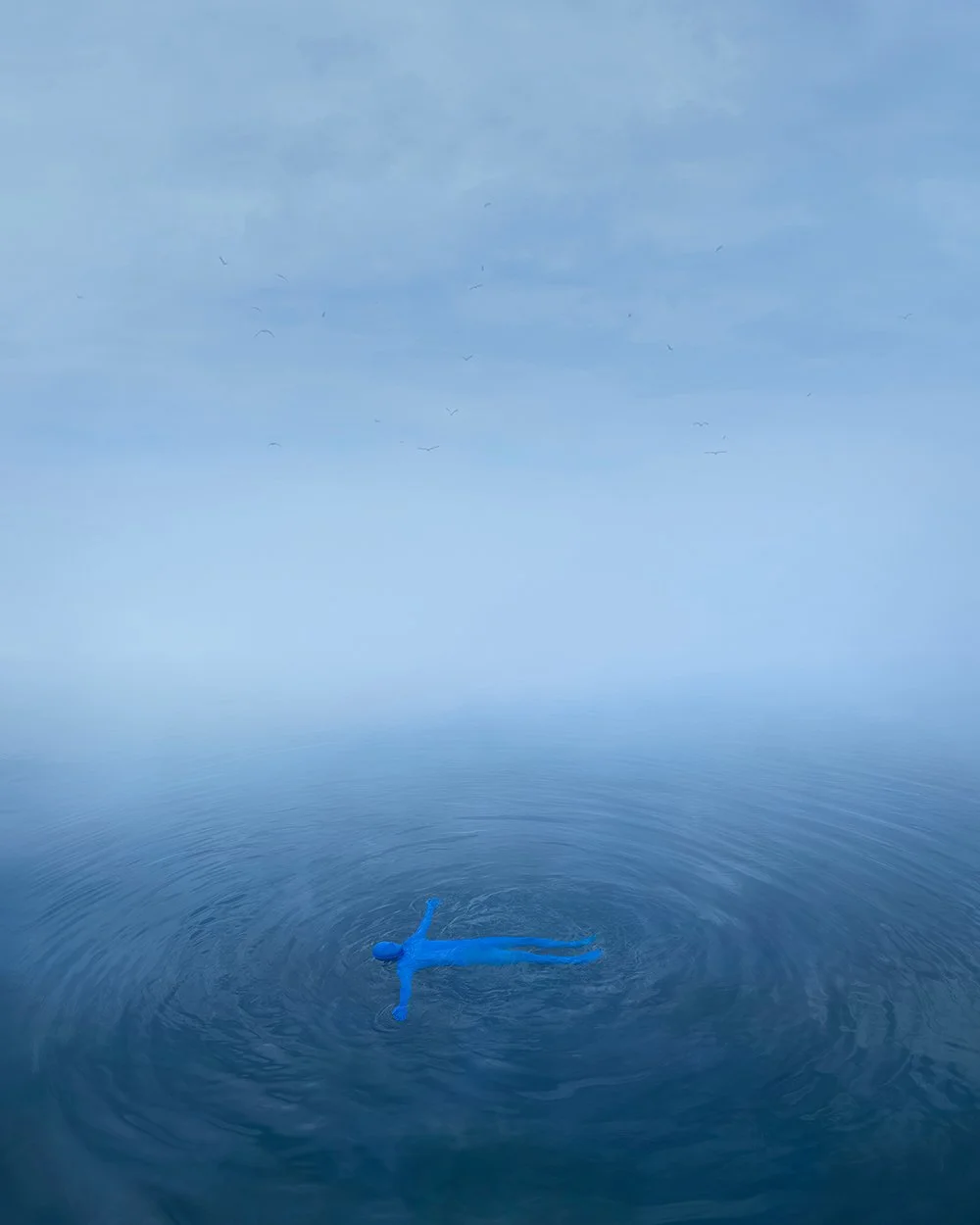
Gabriel Isak: I use the color to depict a different dimension, often relating it back to themes of melancholia, existentialism and origins. I also use blue colors to create a tranquil atmosphere in my work. I was very inspired by the color when I began to create my work as it had a calming and melancholic effect, but also something that I felt represented the beauty of the Scandinavian landscapes I work in.
Them Frames: The subjects are either faceless, covered or facing with their back to the camera. What was the creative thought process here?
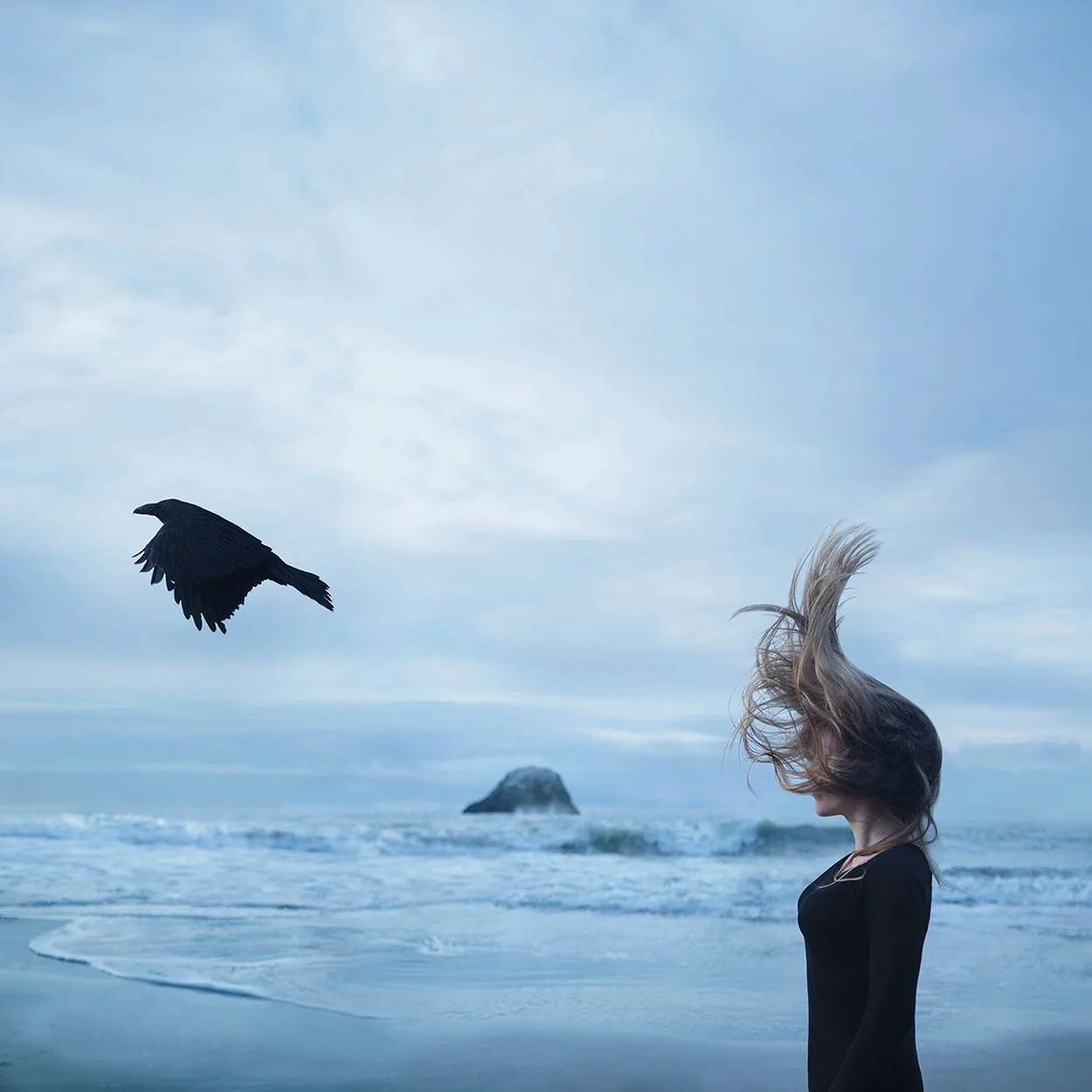
Gabriel Isak: My imagery is most of the time anonymous when portraying subjects, often using a symbol to cover them. This is a way to not put identification on the photos I create, but to let the spectator peek into their world and interact with the subject portrayed, and in turn reflect on their own journey in life.
Them Frames: Photography is a wonderful tool to enable us to be introspective. What did you learn about yourself and your state of mind while making the work?
Gabriel Isak: The possibility it gave me to express my emotions and feelings into an image. You can say it became a way for me to keep a diary, by documenting what was going on in my internal world.

Them Frames: Now that the work is complete, how do you feel about its execution? Is there anything you would like to change or do differently?
Gabriel Isak: I usually let my images breathe for a while before I look through them after I have photographed a project. This way, I get to look at it with fresh eyes and separate myself from it, which helps a lot in my selection and editing process.
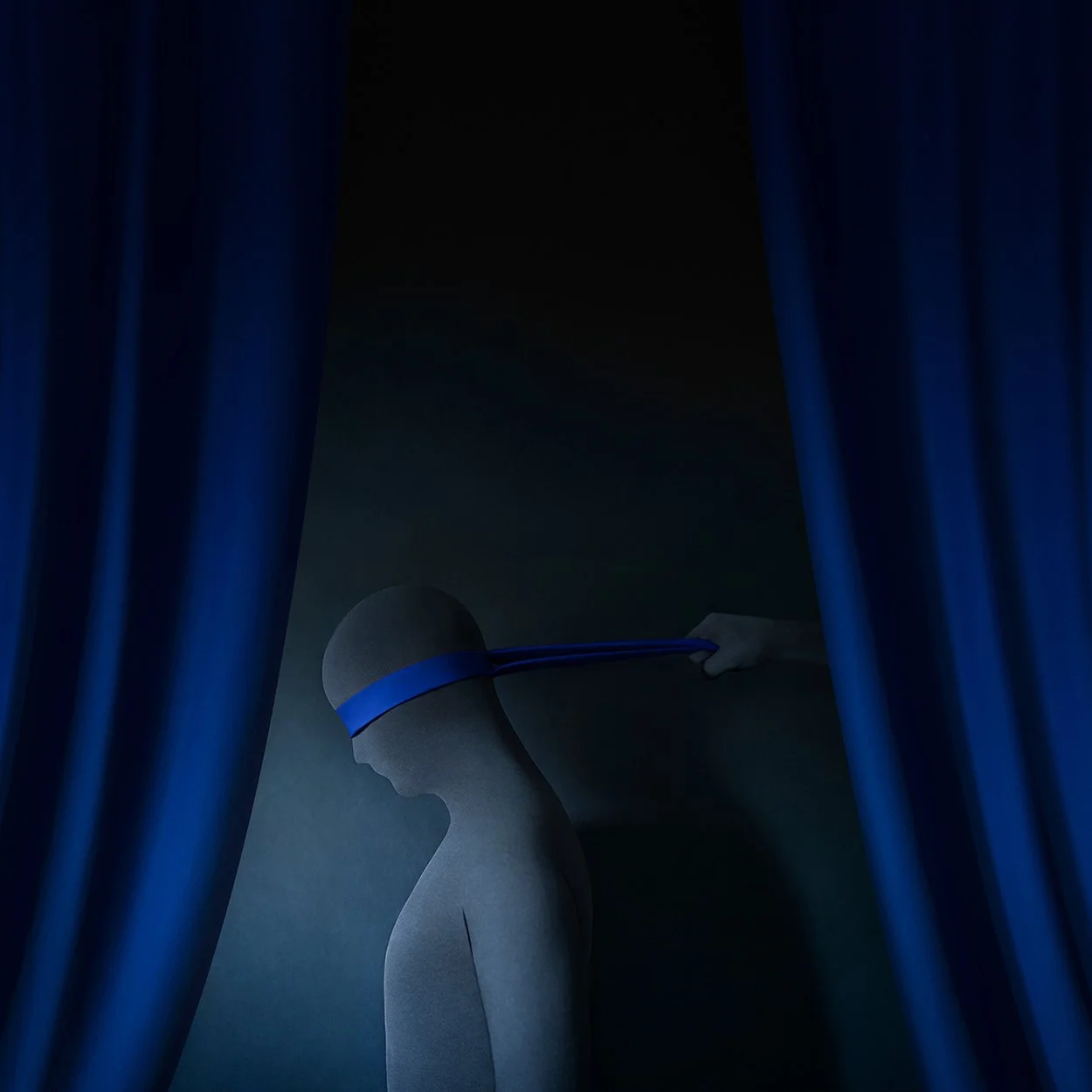
Them Frames: For anyone thinking about using photography to help manage their mental health: what message do you have for them?
Gabriel Isak: For me, I have used photography almost as a diary to explore my ideas, emotions and experiences I have gone through. Let your camera become a therapeutic tool, among other tools that help you manage your mental health. Don’t think much about it, but let your heart guide you in what you want to create and express.

Them Frames: If you had to choose one soundtrack for this series, what would it be and why?
Gabriel Isak: I listen to Ludovico Einaudi a lot when I post produce my work, as it helps me to quiet my mind and get into a flow to finish up the work I have created.
Them Frames: Finally, please finish this sentence: I need photography in my life because…
Gabriel Isak: It is a therapeutic tool I use to explore my inner world, emotions and thoughts on the human experience.

You can see more work from Gabrial Isak by visiting his website and Instagram. You can vote for him in the Hasselblad Masters finals.
Want your work featured on Them Frames? Pitch us.
